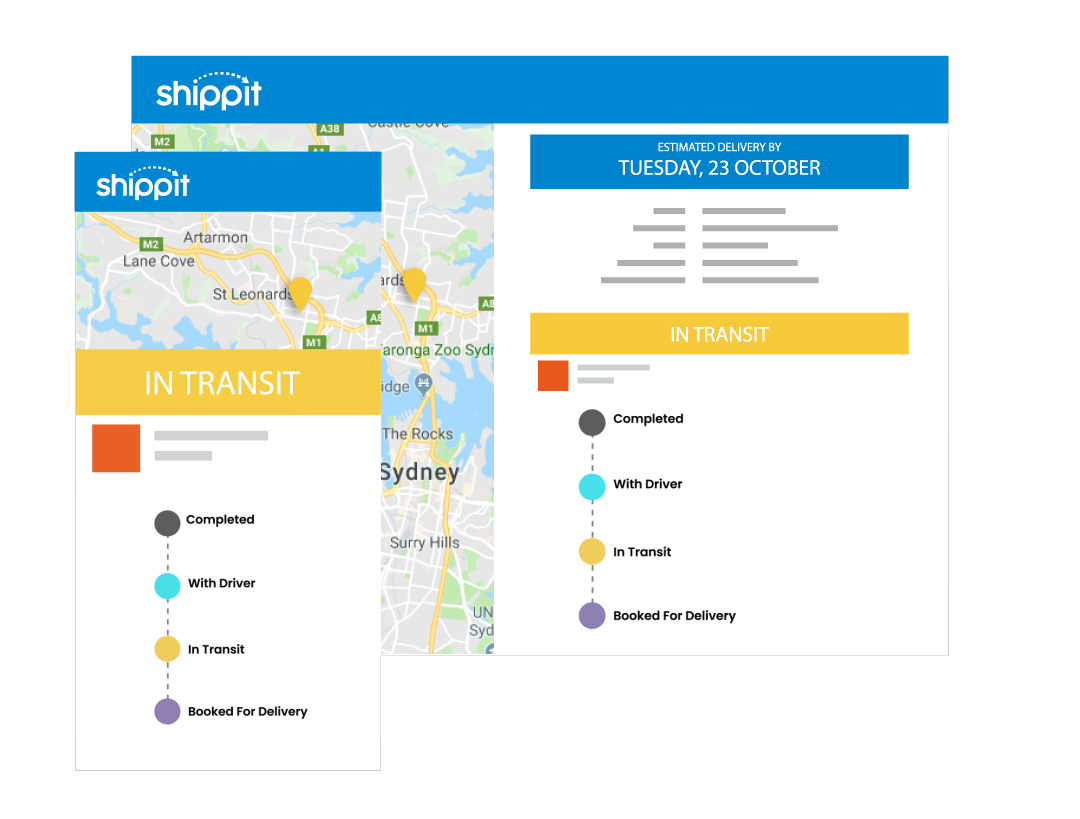Whether it’s growth-hacking, omnichannel, or experiential brand marketing, digital marketers love their buzzwords. The latest is: ‘phygital:’ so what is it and why do retailers need to pay attention?
Aside from sounding like something Olivia Newton-John sang about in 80’s fluoro lycra, getting phygital is all about successfully blending the physical and digital worlds of retail. In the phygital reality, the physical and digital worlds come together to create an immersive and interactive environment that lifts the customer experience.
The Phygital Environment
Whether you’re on the train, at a cafe or wandering through a shopping centre – one thing’s for sure, the majority of people are glued to their phones. Even though they’re physically present in a retail environment, they’re also immersed in the digital world via their smartphone. In this current state, there’s little connection between what’s happening on their screen and their physical surrounds. A phygital environment aims to close that gap and better integrate the digital landscape with physical businesses.
While this concept isn’t new, previous incarnations, like QR-code scanning and augmented reality have erred on the side of novelty, yet to connect with users in a meaningful way. Where retailers can win from getting phygital is by better blending both digital and physical touch points to create enriching customer experiences.
How to Get Phygital

Like all other digital strategies, the key to phygital success is to create an experience or product that people want to engage with. For traditional retailers, it may be taking a more creative approach to connecting with customers, and for eCommerce stores, it may be a pop-up or omnichannel strategy, focused on engagement. Most other attempts to bridge the physical/digital divide have failed because they don’t add to the customer experience, but rather, push an experience onto users.
In a successful phygital landscape, it’s not about bricks and mortar replacing online, or vice versa, it’s about effectively bringing the best of both worlds together.
In the context of the traditional retailer – stores were a way to get products to customers. Over the years, this utilitarian approach has shifted; good retailers have begun to use their stores to connect and engage, as opposed to an outlet to sell. There’s a movement towards using a retail footprint to tell a brand story and curate an experience. While this ultimately leads to a sale, it also builds loyalty.
The Digital Fit
In the scenario of the traditional clothing retailer, stores used to be packed with racks of garments. These days, the emphasis is more on the experience. Staff can spend time with customers, help them select the right size and style, then direct them to a website with a bigger range of options.
GRANA is a great example of an eCommerce store successfully integrating a phygital approach. This global online fashion retailer understands that its users want to be able to try and touch their garments before ordering online. Through a series of strategic retail pop-ups, customers can try clothes on, find their perfect fit and get a feel for their fabrics. In most cases, customers won’t be able to try and buy in the pop-up store, but can place an online order in-store using a digital point of sale computer.
Take the outdoors retailer, Timberland, as another example. This American retailer recently trialled implementing near-field communication (NFC) technology in-store, to help merge the physical and digital worlds of eCommerce. ‘TouchWalls’ with large interfaces showcase product and immerse customers in the brand while gaining a deeper understanding of their preferences in-store, online and post-visit.
These TouchWalls display online-only inventory where users can touch photos to view product information and build their personalised shopping list for both in-store and online-only products. All this activity is stored in user profiles for an ultimate omnichannel win-win: they’re showcasing the full potential of their products and immersing customers in the brand. This is all while collecting coveted in-store, online, and post-visit behavioural data to continually hone their retail and remarketing strategy.
To Sum It Up
Buzzword or not, the conversation around brands getting phygital boils down to adaptation. Whether you’re a bricks and mortar brand, or a pure-play eCommerce retailer, we’re in an age where disruption is inevitable. To stay relevant, brands need to evolve and integrate across channels.
In the future of phygital, success boils down to nailing a blend of both online and instore and ultimately finding ways to build better relationships and more seamless experiences for both online and offline customers.

Shippit powers shipping for Australia’s most iconic retailers and provides customers across the nation with a perfect delivery experience. Our solutions were built for modern retail, empowering you to Pack & Ship Faster, Track & Notify Your Customers, and Report on the metrics that matter the most.


